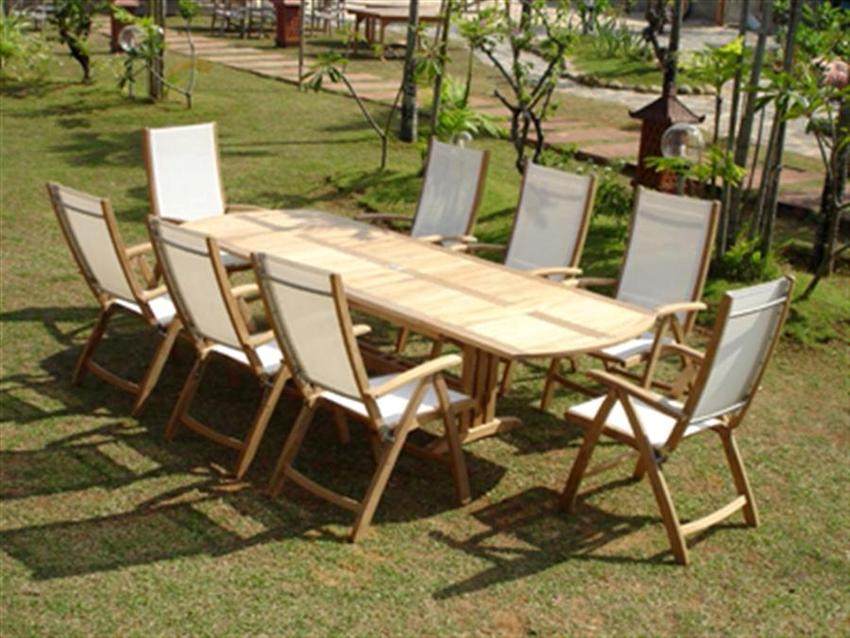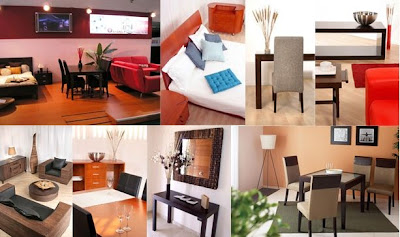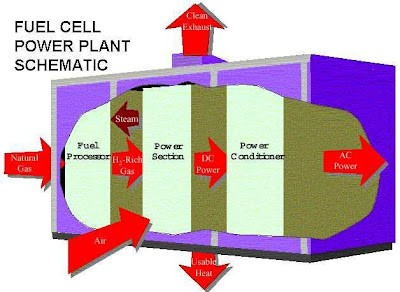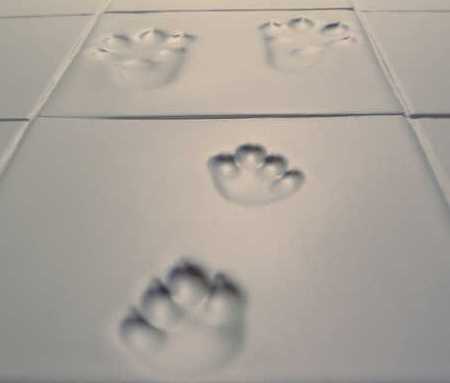
A workplace should be designed to offer maximum flexibility.
The design of a workplace has changed significantly in recent times in response to changing work practices. Hence, flexibility is one of the key elements that must be incorporated into the design of offices. To elaborate, today a certain space in the office may have to be closed and private one day, and open and collaborative the next. Says architect Brij Agarwal, "the old debate regarding the merits and demerits of open vis-a-vis closed office has become irrelevant. The real issue is to enable change - from an open environment to a private one and back to open."
These days work has become more knowledge-intensive, collaborative and immediate. After years of focusing on cutting the cost of space and making it as efficient as possible, there is not much flab left to cut. Now, savvy facility directors are focusing instead on creating a highperformance workplace that will boost employee productivity. They are shifting their focus from the space people occupy to the nature of the work they do, and how the workplace environment can support their work most effectively.
Nowadays, thanks to technology and the high level of connectivity it makes possible, work is no longer so place-dependent. Hence, designing today's workplace is not just about installing cubes and partitions; it is also about putting in place an appropriate combination of space, protocols, technology and tools that allow for 365/24/7 connectivity and enhance employee productivity.
Developer Sanjiv Gupta says, "to be successful, corporate real estate and facility management need to be conversant with key aspects of the employees' work and how the workplace can support it. They need to understand what, where, how, when and with whom work gets done." AEZ Carnival Country's Project Director Sanjay Kakkar says, "adaptable workspaces are most essential for companies likely to face uncertainty due to hiring or downsizing, which are driven by market shifts. These are typically organisations dealing with fast-evolving technologies, which are struggling to keep up with a fast changing environment. Their workplace must adapt to change as quickly as other aspects of their business."
Today, six integrated performance systems must function well to ensure high productivity:
Air quality: The air quality system addresses the health, safety and comfort related concerns of employees by providing filtration, ventilation and humidity control.
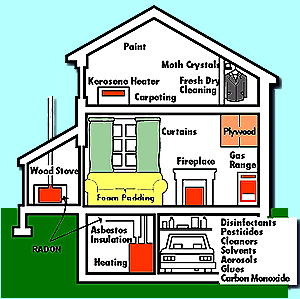 Thermal comfort:
Thermal comfort: Thermal control systems must provide individualised control to employees, allowing them to respond to their constantly changing need for more heating or more cooling. A system where the control is handed over to employees works much better than a complaint-driven system.
 Connectivity:
Connectivity: Connectivity for voice, data and power systems poses one of the biggest challenges in creating an adaptable workplace. Embedded technologies inhibit flexibility and reliability, and lead to the all-too-familiar instances of abandoned cabling, excessively core-drilled floors, and outdated infrastructure. To be adaptable, the facility must provide both wireless and wired connectivity. There must be provision for access to infrastructure in such a manner that ongoing operations aren't disturbed.
 Lighting:
Lighting: In an adaptable workplace, lighting must adjust for individual and group tasks. Standard lighting systems may reduce the initial cost but don't provide adequate flexibility. Adaptable lighting, again, requires distribution of controls. The design should also take advantage of natural lighting in order to maximise energy efficiency.
 Interior spaces:
Interior spaces: Increasingly manufactured components are being installed in office interiors that allow for maximum adaptability. The increased integration of previously isolated systems will, in future, provide even greater adaptability.
 Building shell:
Building shell: In addition to an adaptable interior, the impact of the building shell must also be taken into consideration. The shell should be designed such that it projects the right image of the enterprise housed within.
Remember that technology, and the new patterns of work it makes possible, always race ahead of actual practice. Thus, acceptance for tele-work, team clusters, virtual work strategies and other approaches will take time. In the final analysis, the design of the workplace must be dictated by business objectives. As Nirmita Mehrotra, Assistant Professor of Architecture, says "you can measure the additional value generated by your workplace by measuring employee output. If you can increase and sustain output, it means you are getting a positive return on your investments on the workplace."
